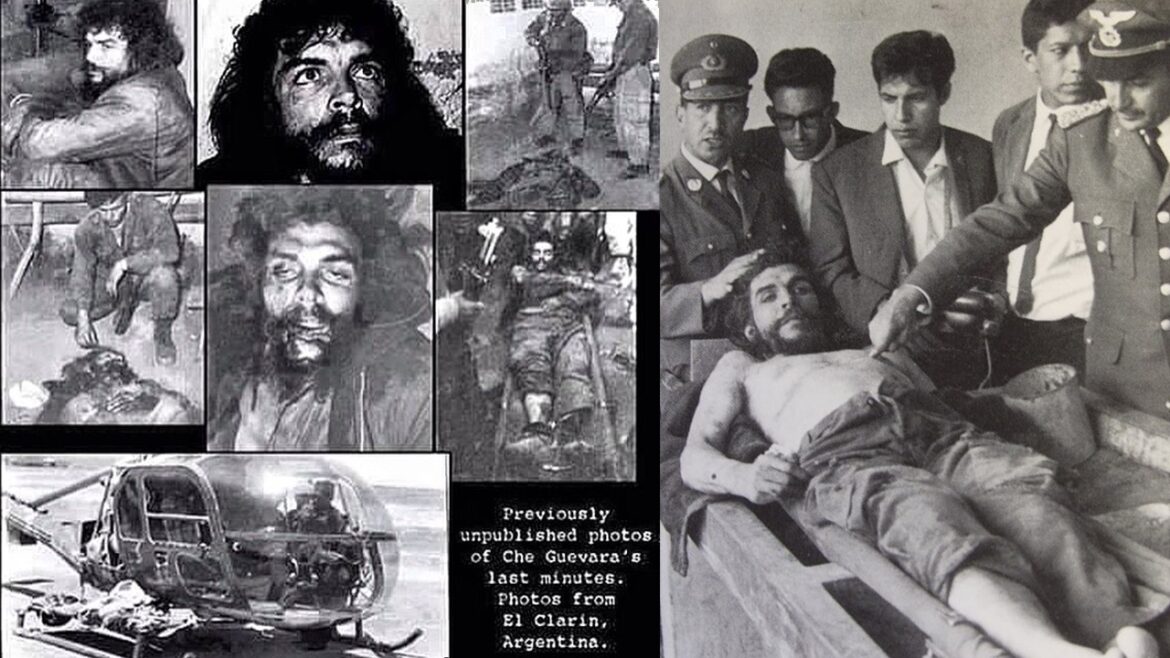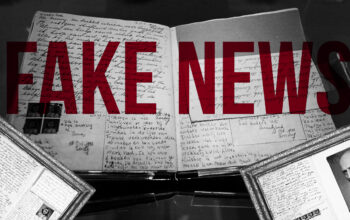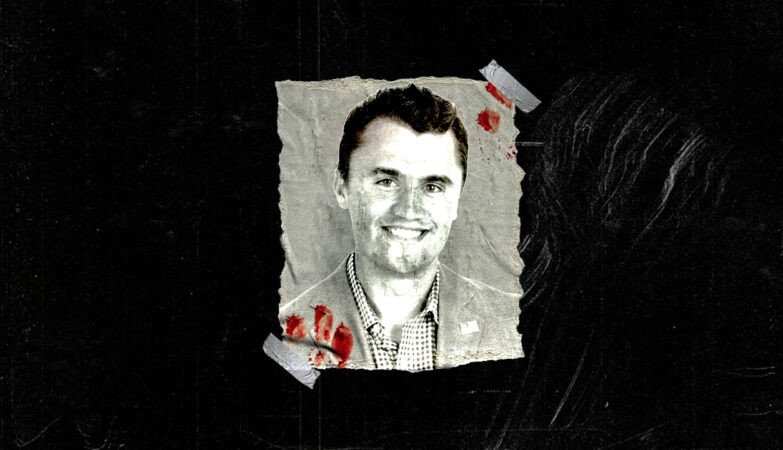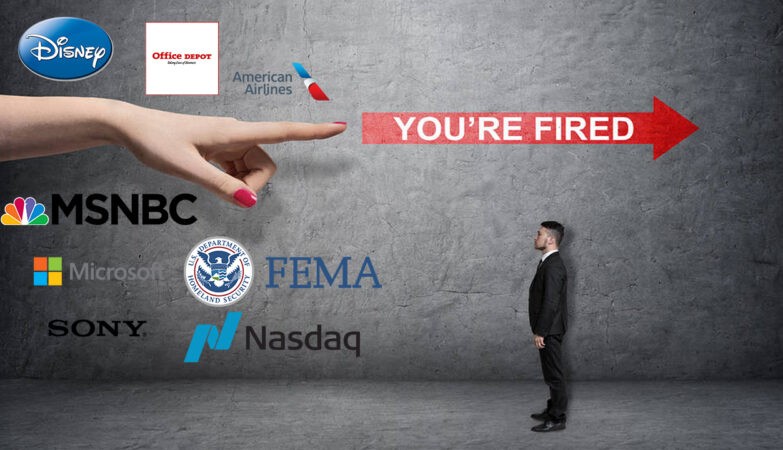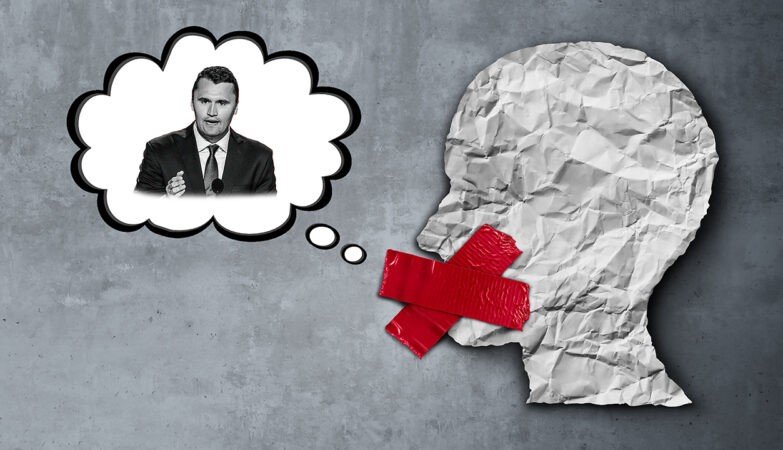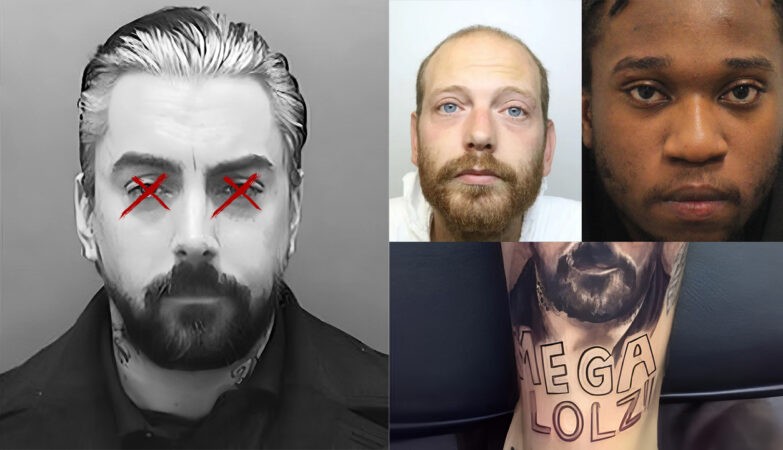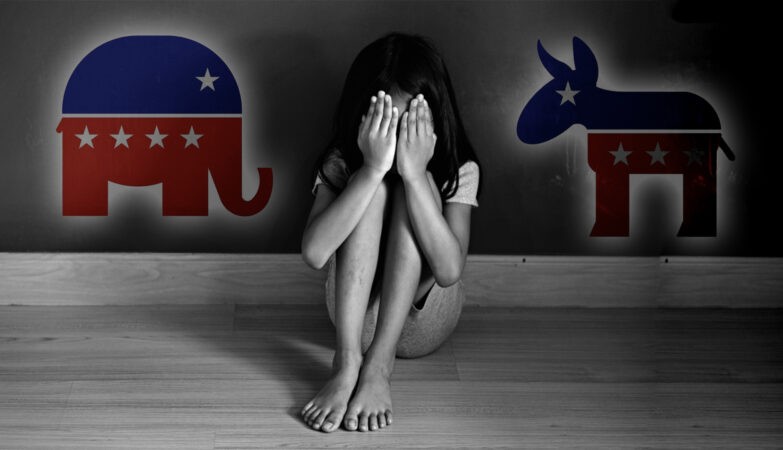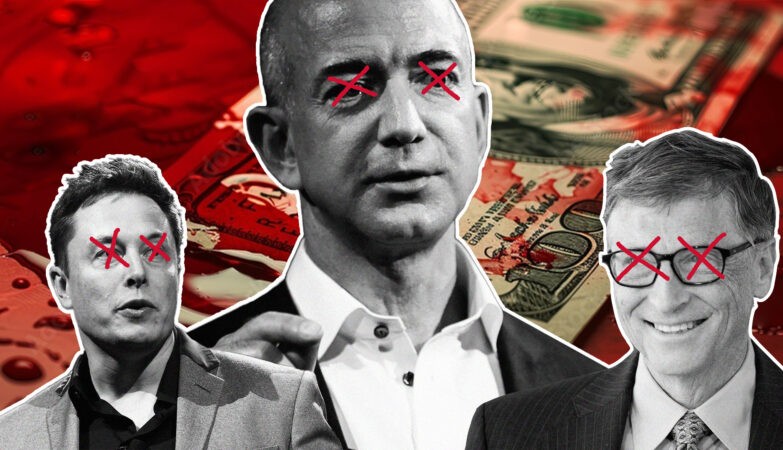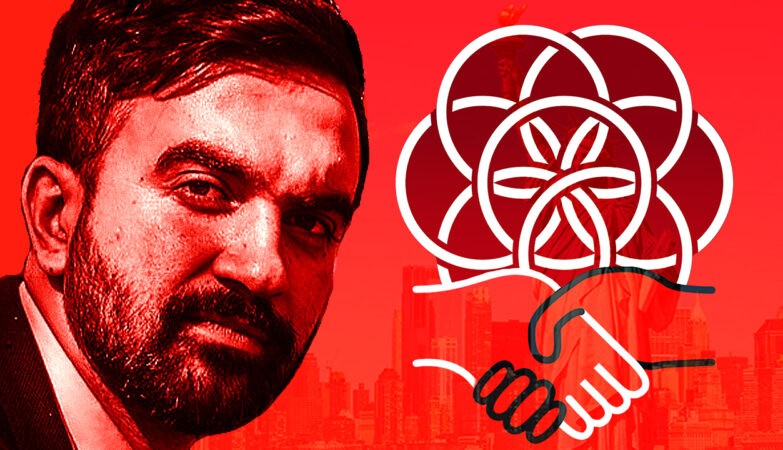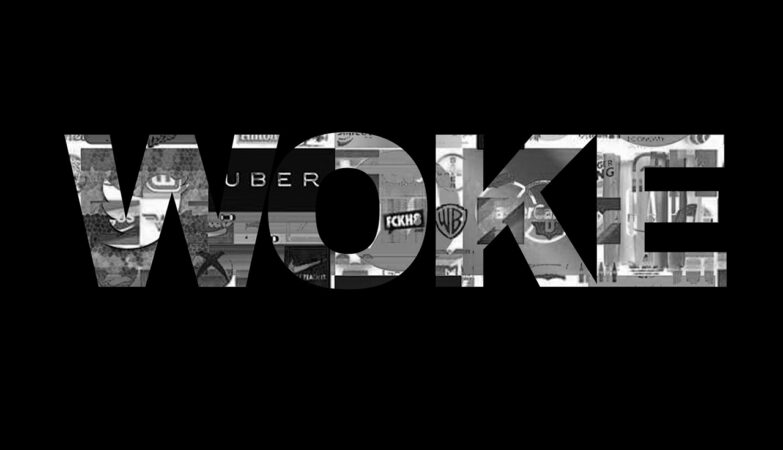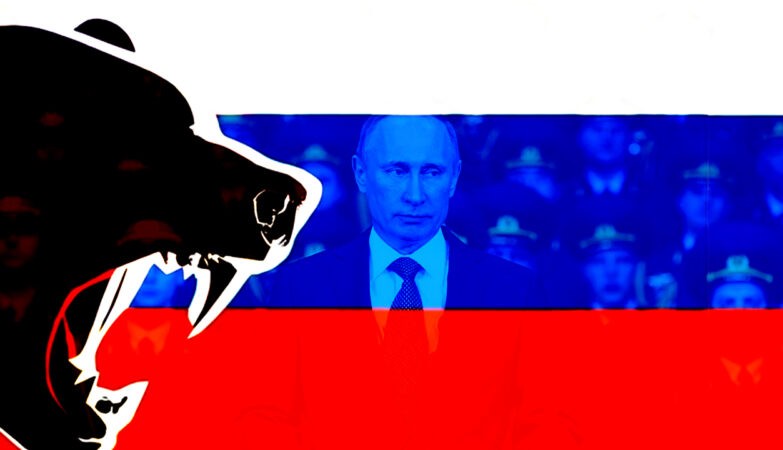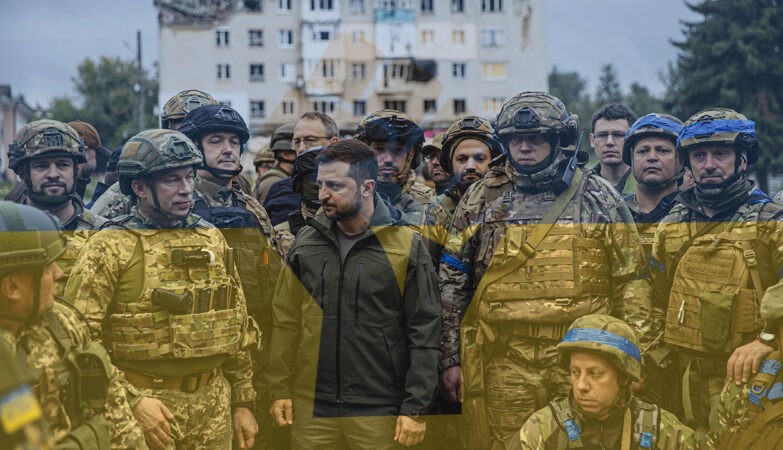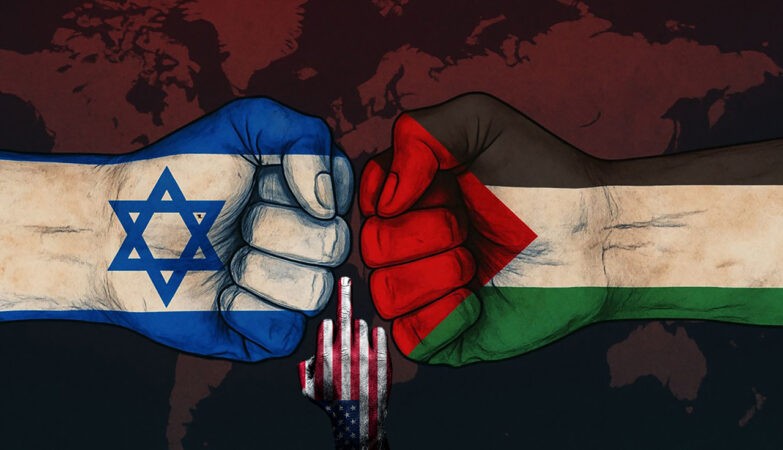T-shirts featuring Cuban revolutionary Che Guevara have never really gone out of style. Rapper Jay-Z has worn the shirt, model Gisele Bundchen has posed in swimwear featuring Che’s face, and even Prince Harry was photographed in Che garb in his younger years.
Multiple Hollywood films glorify the Argentina-born Cuban “revolutionary“, transforming him over the decades into somewhat of a pop-culture fixture – whose face still symbolizes for many the fight against the supposed capitalist machine, at a time when socialism is picking up renewed popularity in America.
But Guevara’s fans might not be aware of just what their idol did and said. Here’s a look back at the history.
Guevara said he killed people without regard to guilt or innocence
In 1962, the official Cuban newspaper Revolución reported that Guevara said,
“in times of excessive tension we cannot proceed weakly. At the Sierra Maestra, we executed many people by firing squad without knowing if they were fully guilty. At times, the Revolution cannot stop to conduct much investigation; it has the obligation to triumph.”
In his own diaries, Guevara waxed poetic:
“I see it printed in the night sky that I … howling like one possessed, will assault the barricades or the trenches, will take my bloodstained weapon and, consumed with fury, slaughter any enemy who falls into my hands.”
He later wrote in one of his diaries about how he shot a peasant who admitted leaking information to the enemy.
“He gasped for a little while and was dead,” Guevara wrote. “To execute a human being is something ugly, but [also] exemplary.”
Thousands were killed by the Cuban regime, with many killings linked to Guevara.
“He was directly responsible for at least 124 killings,” Maria Werlau, author of the book “Che Guevara’s Forgotten Victims,” who has spent years documenting the specific people killed at Guevara’s orders, told Fox News.
His defenders say he did what was necessary for a revolution.
“Yes, my father killed – but revolutions are almost always violent,” Guevara’s daughter, who lives in Cuba, said in a speech in England in 2012.
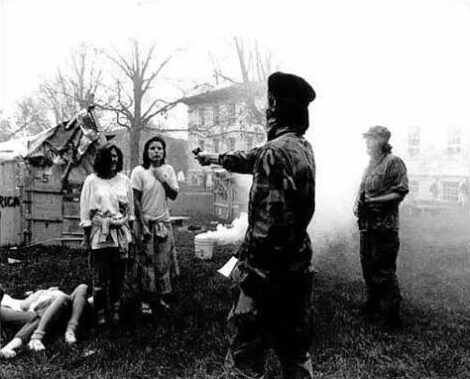
Guevara created system that put gay people in labor camps
In Guevara’s diaries, he wrote of one man who,
“apart from being homosexual and a first-rate bore, had been very nice to us.”
But Guevara’s diary quip also spilled into reality.
“The regime that Che Guevara co-founded is the only one in modern history in the Western Hemisphere to have herded gays into forced labor camps,”
Humberto Fontova, author of “Exposing the Real Che Guevara,” told Fox News.
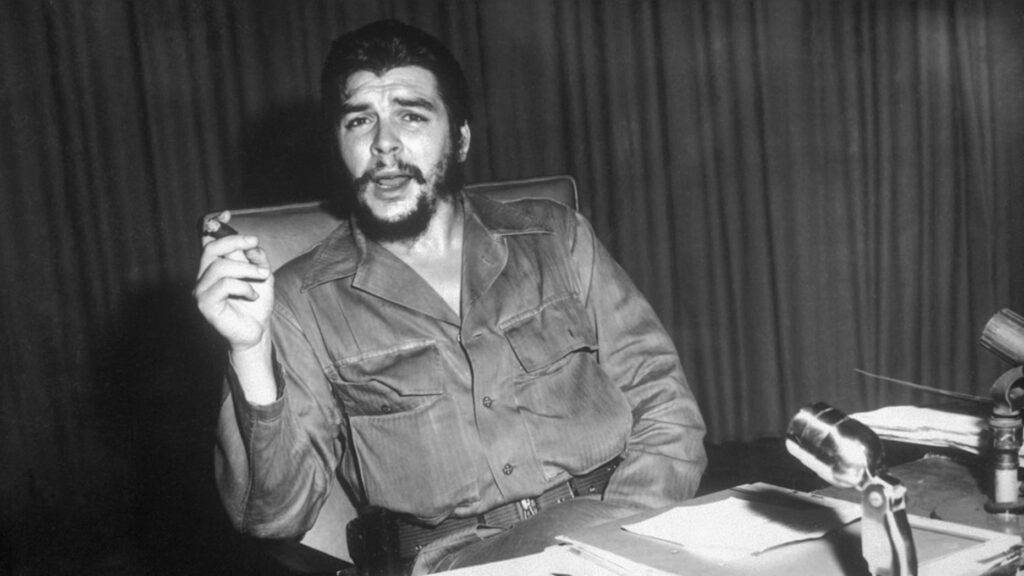
Guevara set up Cuba’s first forced labor camp for people viewed by the state as delinquents. One journalist who managed to see such camps reported that inmates worked 60 hours per week, guarded by men with guns, and were paid almost nothing.
Gay people were among many targeted groups. People who had other “decadent” capitalist cultural practices could also be targeted.
“You see all these rock n’ roll bands [praising Che] like Rage Against the Machine and Carlos Santana – folks, they are eulogizing the emblem of a regime that made it a criminal offense to listen their music!” Fontova said.
Guevara opposed a free press
In 1959, leftist journalist José Pardo Llada reported that Guevara told him: “We must eliminate all newspapers; we cannot make a revolution with free press. Newspapers are instruments of the oligarchy.”
Fontova says that was in line with Che’s actions.
“When Che Guevara first arrived in Havana, he moved into the biggest, most luxurious mansion in the city. A Cuban journalist, Antonio Llano Montes, wrote about it in 1959. Naturally, Che Guevara’s goons paid him a little visit,” Fontova noted.

Montes, recounting the incident from abroad in a 1984 book titled “La Dinastía,” reported that Guevara’s men took him to Che, who then gave him an ominous show of signing 26 execution approvals in front of him. Montes reported that Guevara then threatened him, saying: “I can have you shot this very night, what do you think?”
Montes wrote that Guevara left it at the threat, however, and the journalist quickly fled the country.
Guevara made racist statements
In Che Guevara’s diary, he wrote of “the blacks” living in Caracas, Venezuela, calling them “those magnificent examples of the African race who have maintained their racial purity thanks to their lack of an affinity with bathing.”
Guevara went on to write: “the black is indolent and a dreamer; spending his meager wage on frivolity or drink; the European has a tradition of work and saving.”
Fontova says Guevara’s actions – in his revolution against the Cuban dictator Fulgencio Batista – were worse than his remarks.
“Many of the people Che was sending to the firing squad were members of Batista’s army, and these disproportionately tended to be black and mulatto. Batista himself was mulatto.”
Batista had been considered by many Cubans to be a friend of Cuba’s black minority, and had elevated several to prominent posts in government.

“The lilly-white Che Guevara and Fidel Castro overthrew the mixed-race Batista,” Fontova said.
Guevara also at times, however, called for more blacks to be represented in institutions and had black fighters under his command.
A messiah complex
Guevara’s diaries contain grandiose wording, casting himself as a savior absolving the sins of privilege with bloodshed. Guevara wrote of a night where, talking to a fellow communist by a lamppost, a vision came to him offering clarity.
“I now knew… that when the great guiding spirit cleaves humanity into two antagonistic halves, I would be with the people,” he wrote.
“I see myself … the great equalizer of individual will, proclaiming the ultimate mea culpa [apology]. I feel my nostrils dilate, savoring the acrid smell of gunpowder and blood, the enemy’s death; I steel my body, ready to do battle, and prepare myself to be a sacred space within which the bestial howl of the triumphant proletariat can resound…” Guevara went on.
“His arrogance – that is one thing that everyone agrees on,” Fontova said.
The parable that “those who live by the sword, die by the sword” also applies to Guevara.
After helping to establish socialism in Cuba, Guevara traveled to other countries to launch more revolts. His last attempt was in Bolivia, where he surrendered to Bolivian soldiers after a battle and was then executed, without a trial, on orders from the Bolivian government.

Cuban disarmament
Like many young idealists, Mamela Fiallo Flor’s father -Celso Fiallo- adhered to socialism. Seeing how minorities suffered, as in the case of the indigenous population in his native Ecuador, he found an answer in seeking the equality predicated by that ideology.
Years later, he discovered that this alleged equality implied the denial of all diversity, both cultural and individual.
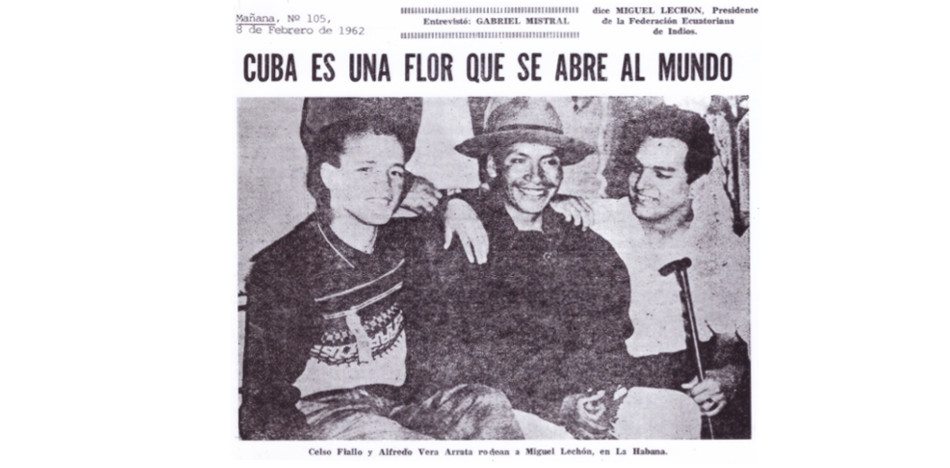
On his second trip to Cuba, he was sent by the Communist Party to lead a group of ten to learn the art of prolonged warfare, with an emphasis on guerrilla and counter-guerrilla warfare.
Having attained goals without sustaining casualties,the group he led had achieved a certain level of prestige-which even took him China to deepen his studies with Mao himself. But in Cuba, the Che Guevara, who in charge of the course, never approached the group.
Her father believes it was because he criticized Che’s idea that “the guerrilla member becomes a cold and selective killing machine”. He was also Fidel’s personal guest, whom Guevara feared. A fear was that was justified since Fidel’s betrayal eventually led to the capture and murder of Guevara.
During his time in Cuba, her father was an eyewitness to the Missile Crisis, when the United States discovered that Cuba housed long-range Soviet missiles.
He says that from Pinar del Río to Havana (109 miles) he saw three rows of armed people. One on the by the coast, the second on the road that bordered the beach and the third behind the road. Except for those on the road, which was for anti-aircraft artillery, the rest were volunteer militias that joined with assigned weapons. There were thousands, and there were more around throughout the island.
Yet once the crisis was over, Fidel ordered the disarmament of the militias. Since then, only government forces could have weapons.
Weapons for the Government, not for the people
Rebeca Esther Ulloa Sarmiento, a Cuban journalist and researcher, co-author of “Fidel Castro, the last dinosaur” and other political books was consulted about what happens when a government takes away from its citizens the ability to defend themselves and how this process is experienced by exiles in the United States.
Ulloa says that Castro convinced the people that armament was not necessary. One week after seizing power, Fidel Castro said: “Weapons for what? to fight against whom? against the Revolutionary Government, which has the support of all the people?”. The audience present answered: “No!”
Officers, soldiers and revolutionary groups handed over their weapons. Later, many of them were executed or imprisoned.
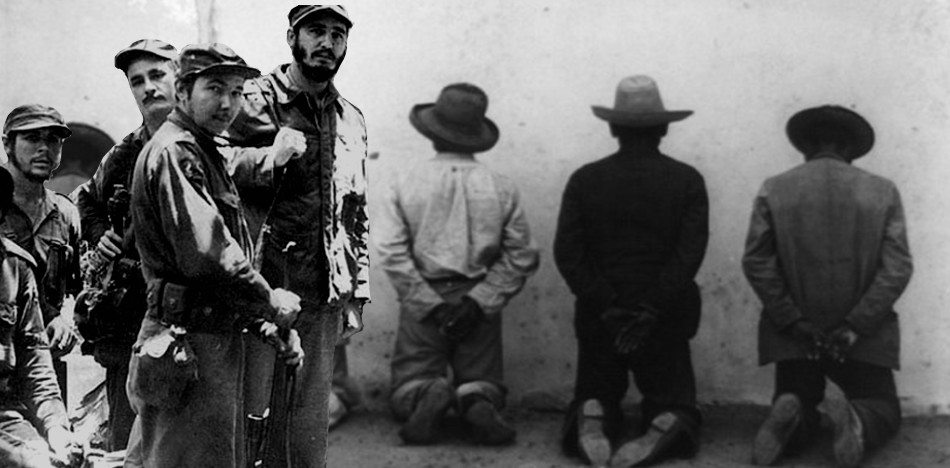
While there were some attempts to protest, they were immediately suppressed and the weapons ended up in the hands of Castro. Therefore, says Ulloa, the slogan “weapons for what?” was a euphemism, because what he really meant was: “Weapons for me”.
Prohibition as a solution
As a Cuban who lived through the disarmament of her people, and now seeing the consequences after more than 60 years of suffering inside and outside the island – where many supported disarmament – Ulloa still asks herself every day what would have happened if the people had answered differently to the question “weapons for what?”
Although she regrets the shooting at the school in Florida, the state where she lives, and call it a terrible event, she affirms that an armed teacher was enough to stop the massacre. Ulloa calls it “an irrefutable truth” that an unarmed population is unprotected in any circumstance.
At the same time, she emphasizes that citizens should not be satisfied with carrying a weapon, it is imperative to find a solution that will lead us to avoid the use of weapons in self-defense.
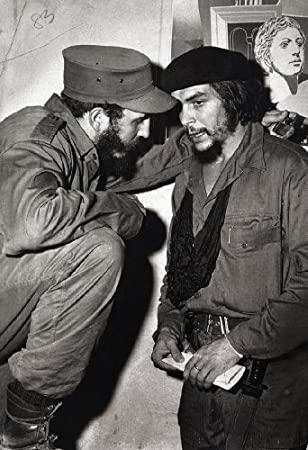
Constitutional right
Ulloa considers it ironic that the groups who try to repeal the Second Amendment that allows them to form “militias” against a tyrant are commonly the same ones that consider Trump dangerous.
The Second Amendment of the US Constitution says: “A well-ordered Militia is necessary for the security of a free State, the right of the people to own and bear arms will not be infringed.”
Ulloa proposes that this contradiction is manifested by the mass media that openly opposes the president, while television content bashes the constitutional right that would allow overthrowing a tyranny.
Moreover, mass media tends to highlight bloody and violent facts over stories of violent crimes that were prevented because armed civilians disabled criminals because-paradoxically-sensationalism and morbid content increase ratings.
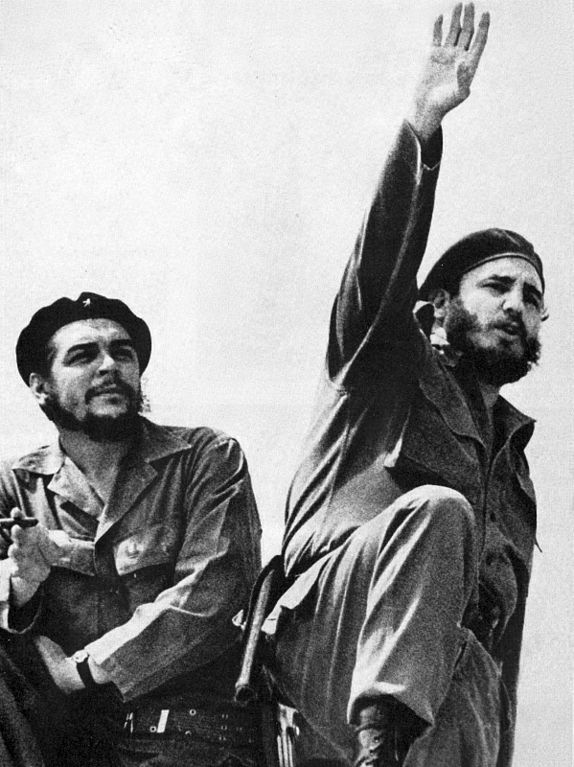
Message to U.S. citizens
It is precisely the great respect for the individual in the United States that leads to autonomy and freedom, Ulloa states. It allows citizens to achieve goals through their own effort.
She concludes that it was the Founding Fathers, the creators of the Constitution, who equated the success of the country to the sum of the individual success. Therefore, she urges not to allow individual failure to limit constitutional rights.
As a society, we are obliged to contribute to an accurate diagnosis and, of course, to find definitive solutions. Of course, the solution cannot be to throw away the individual rights we have as citizens of the United States.
Neither of the interviewees hurt anyone throughout their life. They do not promote violence. They lived it up-close. Both those who exiled themselves from a dictatorship that disarmed its citizens, and those who were trained with the same weapons that were later taken away so that the revolutionaries would not do what their leader did, tell us that disarming citizens only maintains the monopoly of power among a few. Far from reducing violence, it imposes a culture of submission.
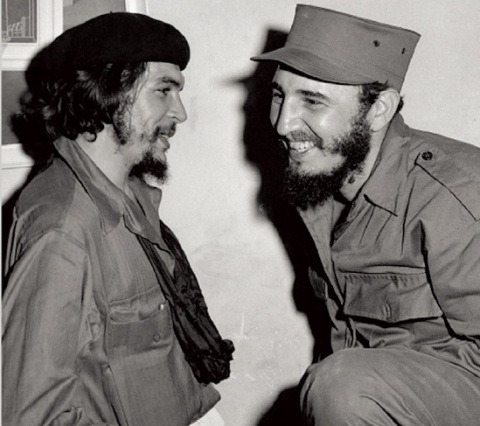
The end of Che
Fifty three years ago, Ernesto “Che” Guevara got a major dose of his own medicine. Without trial he was declared a murderer, stood against a wall and shot. Historically speaking, justice has rarely been better served. If the saying “What goes around comes around” ever fit, it’s here.

“When you saw the beaming look on Che’s face as the victims were tied to the stake and blasted apart by the firing squad,” said a former Cuban political prisoner, to your humble servant, “you saw there was something seriously, seriously wrong with Che Guevara.”
As commander of the La Cabana execution yard, Che often shattered the skull of the condemned man (or boy) by firing the coup de grace himself. When other duties tore him away from his beloved execution yard, he consoled himself by viewing the slaughter. Che’s second-story office in La Cabana had a section of wall torn out so he could watch his darling firing-squads at work.
A Rumanian journalist named Stefan Bacie visited Cuba in early 1959 and was fortunate enough to get an audience with the already quasi-famous Ernesto “Che” Guevara. Upon entering Castro’s chief executioner’s office, Bacie noticed Che motioning him over to the office’s newly constructed window. Bacie got there just in time to hear the command of FUEG!, hear the blast from the firing squad and see a condemned prisoner crumple and convulse
The stricken journalist immediately left and composed a poem, titled,
“I No Longer Sing of Che.” (“I no longer sing of Che any more than I would of Stalin,” go the first lines.)
Even as a youth, Ernesto Guevara’s writings revealed a serious mental illness.
“My nostrils dilate while savoring the acrid odor of gunpowder and blood. Crazy with fury I will stain my rifle red while slaughtering any vencido that falls in my hands! With the deaths of my enemies I prepare my being for the sacred fight and join the triumphant proletariat with a bestial howl!”
This passage is from Ernesto Guevara’s famous Motorcycle Diaries, though Robert Redford somehow overlooked it while directing his heart-warming movie.
The Spanish word vencido, by the way, translates into “defeated” or “surrendered.”And indeed, “the “acrid odor of gunpowder and blood” very, very rarely reached Guevara’s nostrils from anything properly describable as combat. It mostly came from the close-range murders of unarmed and defenseless men (and boys.) Carlos Machado was 15 years old in 1963 when the bullets from the firing squad shattered his body. His twin brother and father collapsed beside Carlos from the same volley. All had resisted Castro and Che’s theft of their humble family farm, all refused blindfolds and all died sneering at their Communist murderers, as did thousands of their valiant countrymen..
“Viva Cuba Libre! Viva Cristo Rey! Abajo Comunismo!” “The defiant yells would make the walls of La Cabana prison tremble,” wrote eyewitness to the slaughter, Armando Valladares.
Rigoberto Hernandez was 17 when Che’s soldiers dragged him from his cell in La Cabana, jerked his head back to gag him, and started dragging him to the stake. Little “Rigo” pleaded his innocence to the very bloody end. But his pleas were garbled and difficult to understand. His struggles while being gagged and bound to the stake were also awkward. The boy had been a janitor in a Havana high school and was mentally retarded. His single mother had pleaded his case with hysterical sobs. She had begged, beseeched and finally proven to his
“prosecutors” that it was a case of mistaken identity. Her only son, a boy in such a condition, couldn’t possibly have been “a CIA agent planting bombs.”
“FUEGO!” and the firing squad volley shattered Rigo’s little bent body as he moaned and struggled awkwardly against his bounds, blindfold and gag. Remember the gallant Che Guevara’s instructions to his revolutionary courts: “judicial evidence is an archaic bourgeois detail.” And remember Harvard Law School’s invitation and rollicking ovation to Fidel Castro during the very midst of this appalling bloodbath.

Not that the victims of this Stalinist bloodbath were exclusively men and boys. In fact, the Castroites were well ahead of the Taliban. On Christmas Eve 1961 a young Cuban woman named Juana Diaz spat in the face of the executioners who were binding and gagging her. They’d found her guilty of feeding and hiding “bandits” (Che’s term for Cuban rednecks who took up arms to fight his theft of their land to create Stalinist kolkhozes.) When the blast from that firing squad demolished her face and torso Juana was six months pregnant.
The term “hatred” was a constant in Che Guevara’s (this icon of flower children) writings: “Hatred as an element of struggle”; “hatred that is intransigent;” “hatred so violent that it propels a human being beyond his natural limitations, making him violent and cold- blooded killing machine.”
The one genuine accomplishment in Che Guevara’s life was the mass-murder of defenseless men and boys. Under his own gun dozens died. Under his orders thousands crumpled. At everything else Che Guevara failed abysmally, even comically.
During his Bolivian “guerrilla” campaign, Che split his forces whereupon they got hopelessly lost and bumbled around, half-starved, half-clothed and half-shod, without any contact with each other for 6 months before being wiped out. They didn’t even have WWII vintage walkie-talkies to communicate and seemed incapable of applying a compass reading to a map. They spent much of the time walking in circles and were usually within a mile of each other. During this blundering they often engaged in ferocious firefights against each other
“You hate to laugh at anything associated with Che, who murdered so many,” says Felix Rodriguez, the Cuban-American CIA officer who played a key role in tracking him down in Bolivia. “But when it comes to Che as “guerrilla” you simply can’t help but guffaw.”
Che’s genocidal fantasies included a continental reign of Stalinism. And to achieve this ideal he craved, “millions of atomic victims” — most of them Americans. “The U.S. is the great enemy of mankind!” raved Ernesto Che Guevara in 1961.
“Against those hyenas there is no option but extermination. We will bring the war to the imperialist enemies’ very home, to his places of work and recreation. The imperialist enemy must feel like a hunted animal wherever he moves. Thus we’ll destroy him! We must keep our hatred against them [the U.S.] alive and fan it to paroxysms!”
This was Che’s prescription for America almost half a century before Osama bin Laden, Mullah Omar and Al-Zarqawi appeared on our radar screens. Compared to Che Guevara, Ahmadinejad sounds like the Dalai Lama.
So for many, the questions remains: how did such an incurable doofus, sadist and epic idiot attain such iconic status?
The answer is that this psychotic and thoroughly unimposing vagrant named Ernesto Guevara de la Serna y Lynch had the magnificent fortune of linking up with modern history’s top press agent, Fidel Castro, who — from the New York Times’ Herbert Matthews in 1957, through CBS’ Ed Murrow in 1959 to CBS’ Dan Rather, to ABC’s Barbara Walters, to NBC’s Andrea Mitchell more recently — always had the mainstream media anxiously scurrying to his every beck and call and eating out of his hand like trained pigeons.
Had Ernesto Guevara not linked up with Raul and Fidel Castro in Mexico city that fateful summer of 1955 — had he not linked up with a Cuban exile named Nico Lopez in Guatemala the year before who later introduced him to Raul and Fidel Castro in Mexico City — everything points to Ernesto continuing his life of a traveling hobo, panhandling, mooching off women, staying in flophouses and scribbling unreadable poetry.
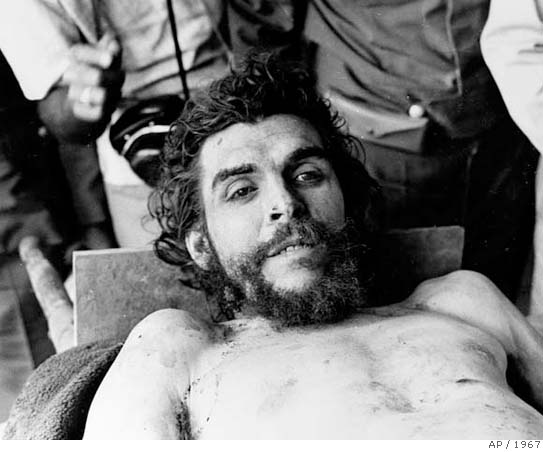
Che’s image is particularly ubiquitous on college campuses. But in the wrong places. He belongs in the marketing, PR and advertising departments. His lessons and history are fascinating and valuable, but only in light of P.T. Barnum. One born every minute, Mr. Barnum? If only you’d lived to see the Che phenomenon. Actually, ten are born every second.
His pathetic whimpering while dropping his fully-loaded weapons as two Bolivian soldiers approached him on Oct. 8 1967 (“Don’t shoot!” I’m Che!” I’m worth more to you alive than dead!”) proves that this cowardly, murdering swine was unfit to carry his victims’ slop buckets.
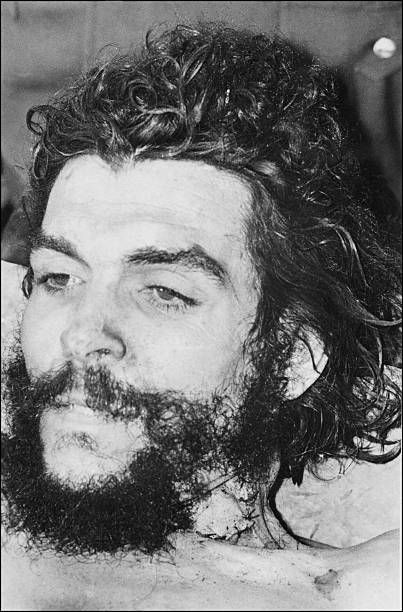
Ask yourself
- Why would you need to kill masses to gain freedom?
- Che killed people in the name of freedom.
- What do people like this really achieve?
- What you would do if confronted by his rebels?
- Aggression, war and terrorism is not a way to change things.
- There is nothing about Che’s actions or lifestyle that reflect any ideology or belief in freedom.
- He was a ‘lost’ individual never quite smart enough to actually change things positively and for the long-term.
- He became frustrated by his inability to make change and started killing people who opposed him off instead.
- A normal person does not go into woods and shoot people.
- History has proven time and time again that anyone whom asks you to fight for their “revolution” just wants to use you.
- Che Guevara is by every definition, a serial killer.
https://www.americanthinker.com/articles/2009/10/che_guevaras_whacking_a_glorio.html
https://www.foxnews.com/politics/5-inconvenient-truths-about-che-guevara
- The Loneliness Epidemic Is Destroying Our Society - November 11, 2025
- Cutting Off Food Stamps Isn’t Fixing the Economy - November 9, 2025
- The New NYC Mayor Proves That Socialism Is Inevitable - November 9, 2025

